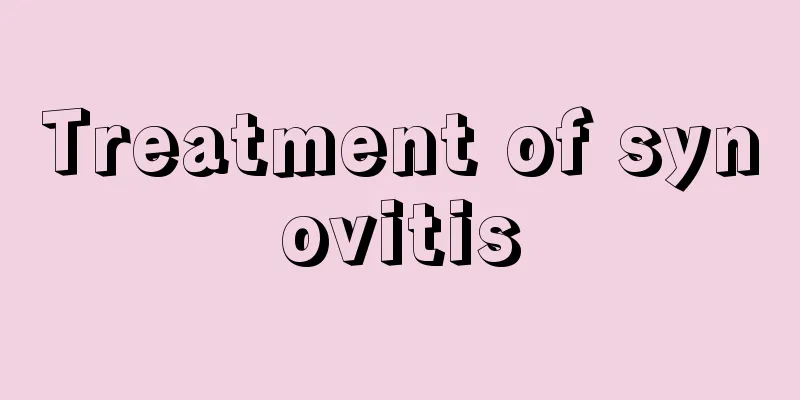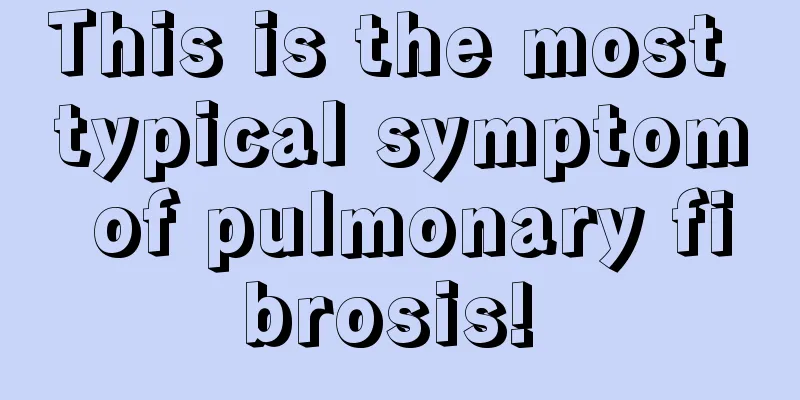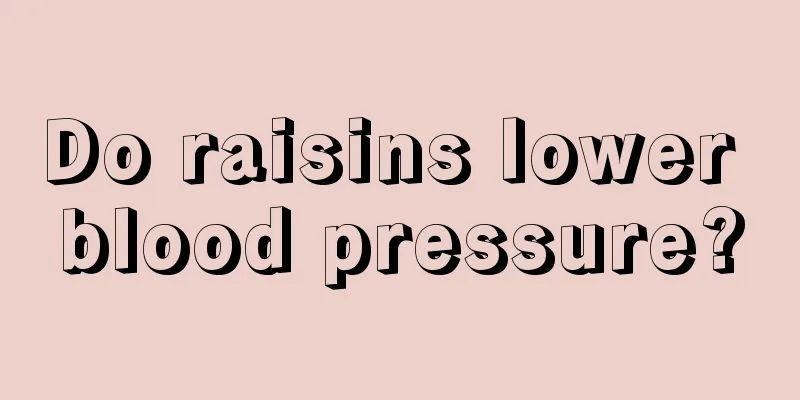What are the hazards of glyphosate to human body?

|
Glyphosate is a chemical substance that is commonly used in herbicides. Glyphosate contains certain toxins, and glyphosate can easily cause poisoning reactions after coming into contact with the human body. It is very harmful to human health and requires timely treatment. Safety precautions and measures must also be taken when coming into contact with glyphosate. Gloves can also be worn before coming into contact with glyphosate. What are the hazards of glyphosate to the human body?Glyphosate is the active chemical ingredient in many widely used herbicides and its use is strictly regulated in the EU. Glyphosate has no direct relationship with genetically modified crops. Non-genetically modified crops also need to be sprayed with the herbicide glyphosate. Preparation Use Glyphosate is a non-selective, non-residue herbicide that is very effective against perennial rooted weeds and is widely used in rubber, mulberry, tea, orchards and sugarcane fields. It mainly inhibits the enolpyruvyl shikimate phosphate synthase in plants, thereby inhibiting the conversion of shikimate to phenylalanine, tyrosine and tryptophan, disrupting protein synthesis and leading to plant death. Glyphosate is absorbed through the stems and leaves and then transmitted to various parts of the plant. It can control more than 40 families of plants, including monocotyledonous and dicotyledonous, annual and perennial, herbaceous and shrubby. After entering the soil, glyphosate quickly combines with metal ions such as iron and aluminum and loses its activity, and has no adverse effects on seeds and soil microorganisms hidden in the soil. It was initially used in rubber plantations to control thatch and other weeds, which can enable rubber trees to be tapped one year earlier and increase the yield of old rubber trees. It is now gradually being promoted in forestry, orchards, mulberry gardens, tea gardens, rice-wheat, rice and rapeseed rotation areas, etc. Different weeds have different sensitivities to glyphosate, so the dosage required is also different. For annual weeds such as barnyard grass, foxtail grass, foxtail grass, goosegrass, crabgrass, and cleaver, the dosage is 6 to 10.5 times the effective ingredient.g/100m. The dosage of Plantago, Erigeron cantonensis, Commelina communis, etc. is 11.4-15g/100m based on the effective ingredient. For Imperata cylindrica, Sclerocaria paniculata, Phragmites australis, etc., 18-30g/100m3 is required, generally 3-4.5kg of water is used, and the stems and leaves of the weeds are sprayed evenly and directional. Generally, for broad-leaved weeds, spray in the early germination or flowering stage, and for grasses, spray in the late jointing or early heading stage. Mix 20-30 kg of medicine with water per mu. For plants whose stems and leaves have been cut, the pesticide should be applied only when the weeds have grown enough new leaves. When controlling perennial weeds, dividing the dosage into two applications with an interval of 5 days can improve the control effect. It is used to control weeds in apple orchards, peach orchards, vineyards, pear orchards, tea gardens, mulberry gardens and farmland fallow areas, and annual weeds such as barnyard grass, okra, goosegrass, crabgrass, Xanthium sibiricum, quinoa, chickweed and cleaver.
1. Weeding in orchards, mulberry gardens, etc. To control annual weeds, use 0.5-1 kg of 10% aqueous solution per mu; to control perennial weeds, use 1-1.5 kg of 10% aqueous solution per mu. Use 20-30 kg of water and spray the weed stems and leaves in a targeted manner. 2. Farmland weeding Before sowing in succession, weeds that have already grown in the field should be controlled. The amount of medicine used can refer to that for weeding in orchards. When using pesticides during the cotton growth period, use a hooded sprayer for directional spraying. Use 0.5-0.75 kg of 10% aqueous solution per mu, mixed with 20-30 kg of water. 3. For weeding in fallow land, field edges and roadsides when the weeds are in the 4-6 leaf stage, use 0.5-1 kg of 10% aqueous solution per mu, add 100 ml of diesel, and dilute with 20-30 kg of water, and spray on the weeds. 4. For some malignant weeds, such as Cyperus rotundus and Phragmites australis, 200 grams of adjuvant can be added per acre for better weed control effect. |
<<: What are the hazards of glacial acetic acid to humans?
>>: Why does it hurt inside after sex? Why does it hurt inside after sex?
Recommend
Can I eat preserved eggs if I have acne
Many people are troubled by acne on their faces, ...
Understanding the causes of cardia cancer can help prevent this disease
The occurrence of cardia cancer will have a great...
Why does my mouth feel sticky?
If your mouth feels sticky, it is generally cause...
Can hyperthyroidism be transmitted to others?
Hyperthyroidism is a relatively common chronic di...
Why does my stomach hurt when I drink Coke?
Coke is a common drink. Many people like to drink...
Is celery an acidic or alkaline food?
There are mainly two types of food in our daily l...
My underwear is always wet and smells fishy
The female genitals are more susceptible to infec...
Can thyroid cancer cause tooth numbness?
Thyroid cancer can cause tooth numbness, which ma...
What is the best way to peel shrimp
Mantis shrimp is often eaten, but not many people...
What are the means of lung cancer examination
Lung cancer is a common malignant tumor in my cou...
Is it okay to wash your face with whole milk?
It is indeed feasible to wash your face with whol...
Will massaging your arms every day help you lose weight?
Obesity has become a very serious problem that pl...
What are the methods to remove acne marks
In life, many people have wrong work and rest hab...
How to treat primary bronchogenic lung cancer? Treatment methods for primary bronchogenic lung cancer
Bronchogenic lung cancer is a very common disease...
What should be done about cervical precancerous lesions? What examinations should be done for cervical precancerous lesions
Cervical precancerous lesions refer to cancerous ...









